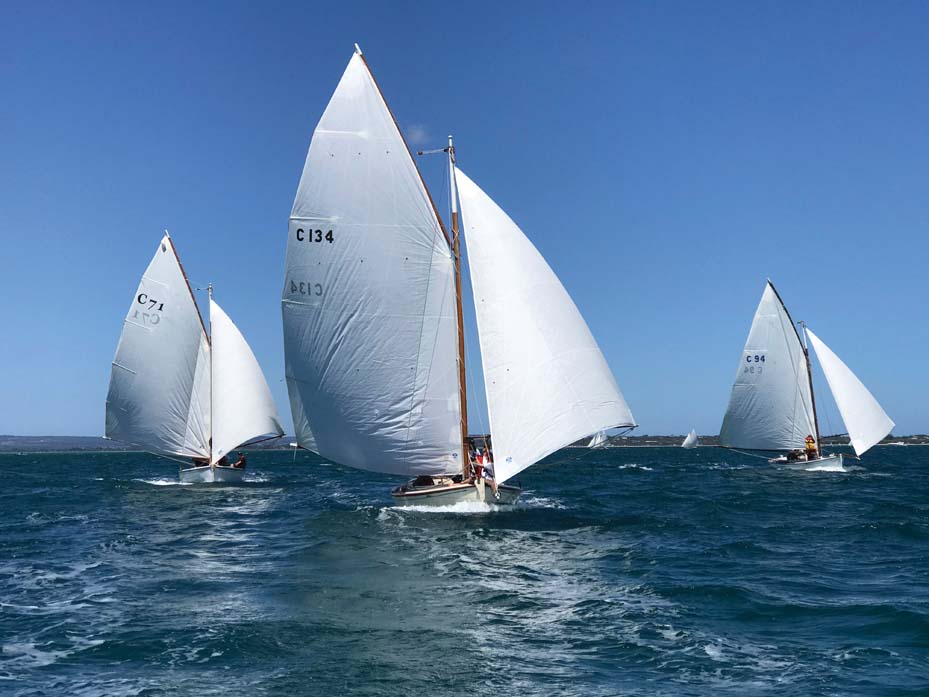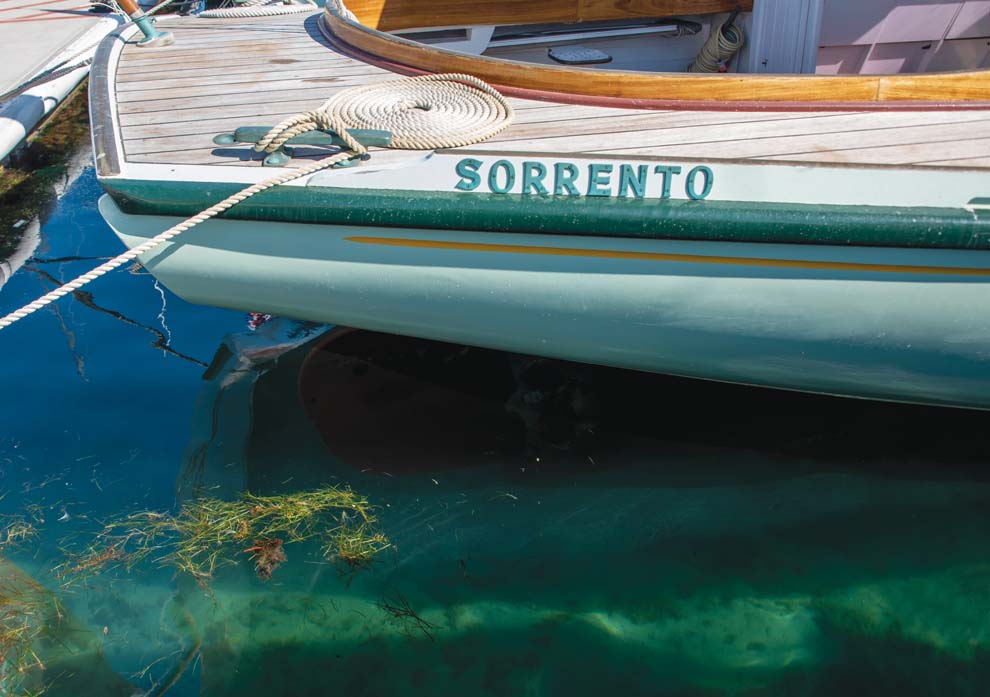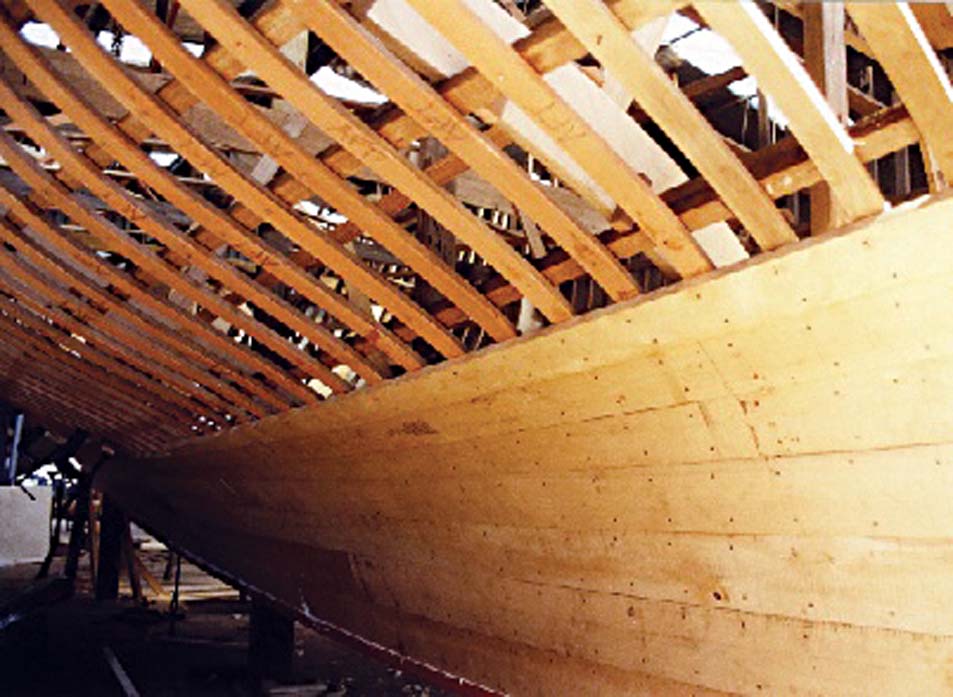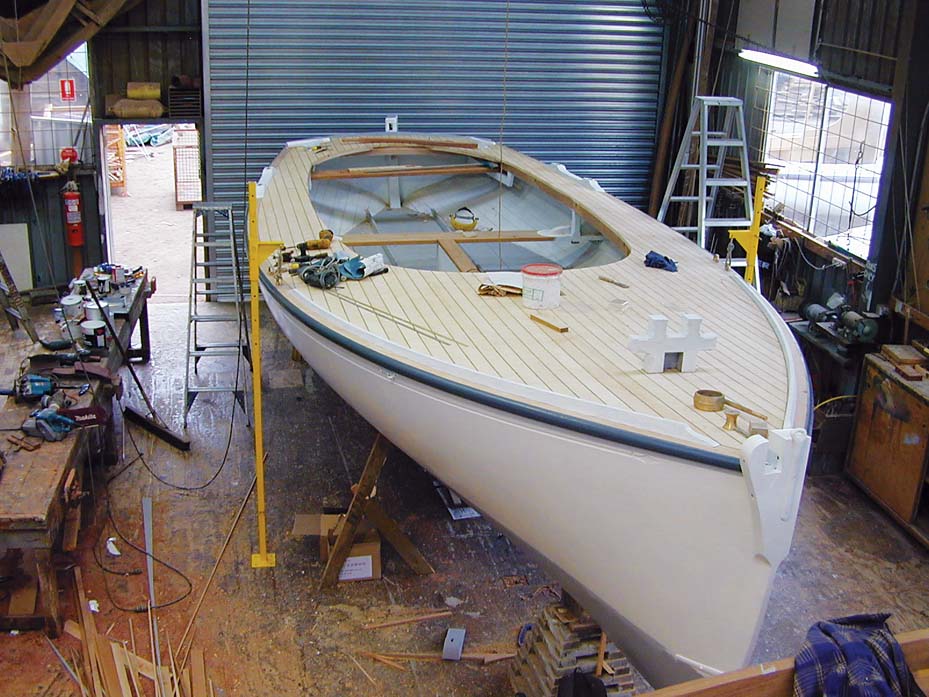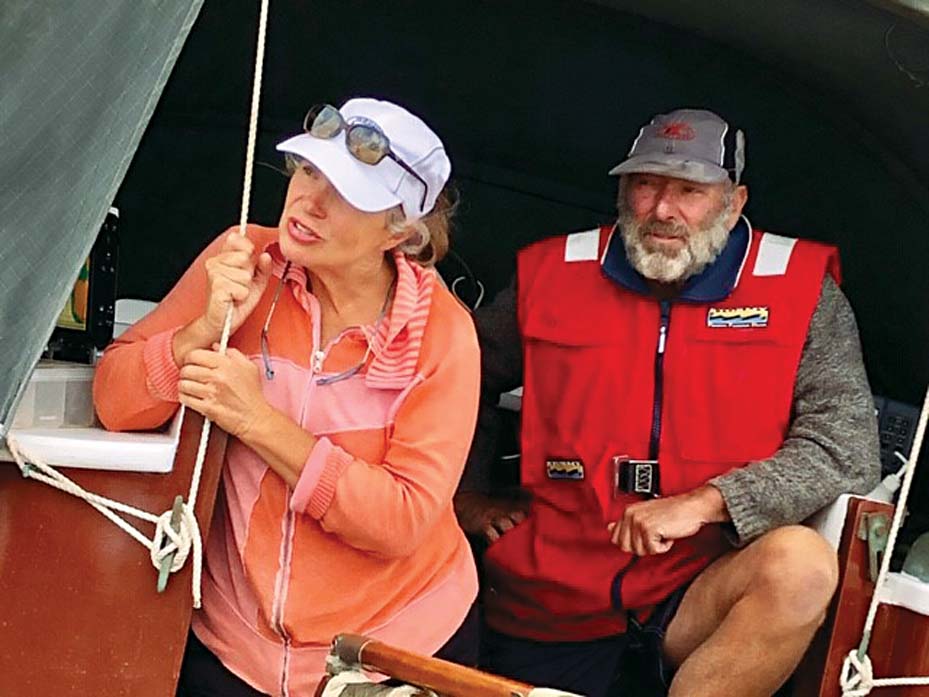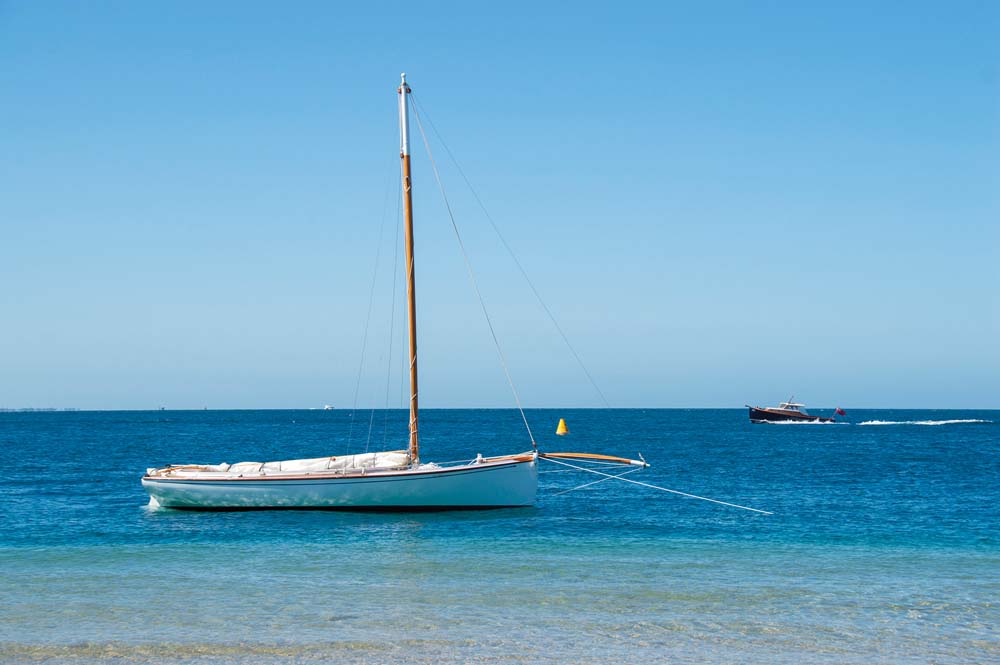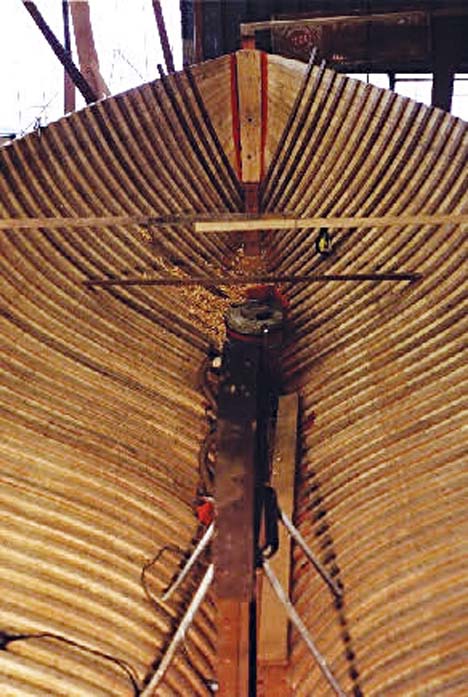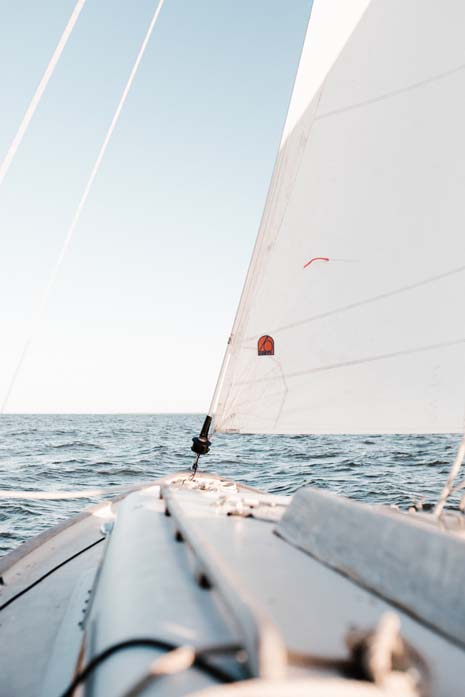
By Andrea Louise Thomas Photos Rod Martin and supplied
Matthew Flinders once said of Bass Strait, “I have seldom seen a more fearful section of coastline.” Both boat and sailor would have to be pretty hearty to sail along the southern coast of Victoria or through the heads of Port Phillip Bay.
There is one particular boat, because of its clever design, load capacity, ease of handling in all weather and overall seaworthiness that has stood the test of time and lived to tell the tale and that’s the classic Victorian couta boat – a hand-crafted open wooden boat. These iconic boats are nowhere else in the world, even today.
While beautiful to behold as a sailboat, the couta boat was originally developed for the fishing industry in and out of Port Phillip Bay and off the southern coast of Victoria. They operated as traditional fishing boats from the 1870s to the 1930s and some carried on as commercial fishing boats until the 1950s.
Couta boats are so named for the catch they used to chase, the barracouta. This fish was popular because it was plentiful and available virtually year round. It was the first choice for fish and chips in and around Melbourne.
Because fisherman had to travel out through the treacherous heads of Port Phillip Bay, commonly known as “The Rip”, their boats had to be fast to stay competitive and to flee storms, but also strong to withstand rough seas. Fishermen’s lives and livelihood depended on it.
Quotas were established by the fishing co-operatives to control prices. This fueled the need for faster boats. Couta fishing was very competitive! Fishermen would set out before dawn racing to be the first at the fishing grounds. They caught their quota then raced madly back to be first at the pier to unload their catch to get the best price.
The advent of the steam train from Melbourne to Queenscliff was greatly advantageous to the local fishing industry because it meant fishermen could send greater quantities of fish to the city making their trade more lucrative and the competition even fiercer.
Tourism was also a boon to the couta boat fishermen. Paddle steamers brought large numbers of holidaymakers from Melbourne to Mornington, Dromana and Sorrento. Couta boats were then in demand as pleasure craft. While they often carried more passengers than what would be considered safe by modern standards, the sturdy couta boat was up to the task and no lives were lost.
It was not just fishing and tourism that the couta boat set its sails out for, but also racing. From the very beginning the couta boat was keenly raced. The first organized couta boat race took place in Queenscliff in 1894.
Nowadays, the couta boat is used exclusively for racing and pleasure cruising. All the qualities that made it the quintessential fishing boat: speed, seaworthiness and capacity, also make it the perfect recreational sailing boat. On the Mornington Peninsula, the Sorrento Sailing Couta Boat Club is serious about racing, but also offer training, coaching and social events.
In terms of being a working boat, the couta boat had reached its peak by the 1930s though some were still utilized until the Second World War. It’s design naturally changed with the addition of the diesel engine after the war. Very few fishing boats powered by sail after the engine came in.
Couta boats may have been forgotten altogether, despite their distinctive place in Victorian maritime history, if not for the keen interest of a group of dedicated enthusiasts starting in the late 1970s. They sought out, restored and brought these boats back into the water.
Lynchpin in this renaissance was Sorrento boat builder, Tim Phillips. His unwavering commitment to the preservation and restoration of wooden boats, combined with his dedication to passing on the knowledge and skills that were passed on to him by previous generations of boat builders, saw the enthusiastic resurgence of the beloved couta boat.
What started out in 1981 as a small purpose-built backyard site for fixing up old couta boats has grown into a thriving business, The Wooden Boat Shop, with five factories in two separate locations (Sorrento and Queenscliff) wholly dedicated to the maintenance, restoration and construction of hand built wooden boats. Their team of shipwrights and apprentices work exclusively in the traditional manner.
“My couta boats are built with exactly the same traditional techniques that were used in the 19th century. We believe it is vitally important that we retain their historic integrity. That’s one of the great attractions in a couta coat, the sense of being an integral part of a heritage that goes all the way back to our beginnings as a maritime nation.”
At the Wooden Boat Shop, couta boats are still made from scratch. It takes a shipwright and apprentice 1500 hours to make one. It’s a meticulous and laborious process costing upwards of $150,000, but for the purist, this is the ultimate investment.
Despite its ‘humble’ beginnings, the couta boat is now a highly prized and sought after craft for racing and cruising. It is arguably one of the most beautiful boats ever made –a true embodiment of the charm and romance of a yachting lifestyle.
The Wooden Boat Shop
129 Hotham Road, Sorrento

